Experiments are already underway to grow edible plants in low-oxygen environments
The prospect that planet Earth will one day become too crowded for people is getting closer, scientists say. Therefore, the scenario of relocation to other planets, primarily to Mars, is not called fantastic at all. It is necessary to start caring about the creation of life support systems outside terrestrial conditions today — this was discussed by the participants of the II conference “Nutrition in Space: Science, Innovation, Prospects”, dedicated to the 90th anniversary of the birth of Yu.A. Gagarin.
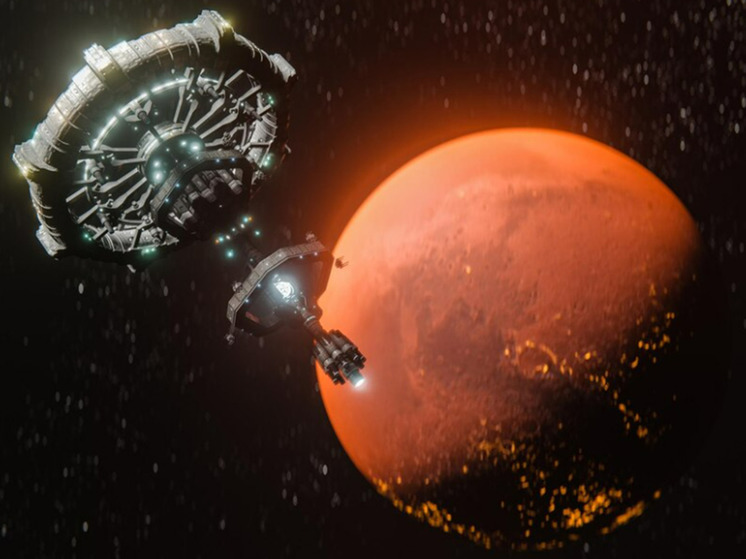
For almost 63 years, scientists from various institutes have been developing and improving specialized nutrition for astronauts.
As the professor, academician of the Russian Academy of Sciences says; Head of the scientific direction of the Federal State Budgetary Institution State Scientific Center of the Russian Federation «Institute of Medical and Biological Problems» of the Russian Academy of Sciences Viktor Baranov, before the first human flight into space, people had little idea of the physiology of the digestive system in space conditions. It was not even clear whether he would be able to eat at all: “There was a story about an unofficial experiment: they allegedly hung volunteers upside down, gave them food, and they tried to swallow it. Then scientists began to study the influence of space flight factors on the body, including the gastrointestinal tract. Today these factors are well studied: these are overloads during take-off and landing; weightlessness (man has not encountered it during evolution); physical inactivity, ionizing radiation, gaseous environment of the station. But the main factor remains weightlessness or microgravity. Under its influence, the organs involved in digestion enlarge: liver, spleen, pancreas; in addition, free fluid appears in the abdominal cavity and lungs (therefore, swelling of the face and French pronunciation appear due to swelling of the larynx). All these factors must be taken into account when planning long-term flights to the Moon and Mars. In addition to them, you need to take into account that these planets also have increased radiation and a hypomagnetic environment.”
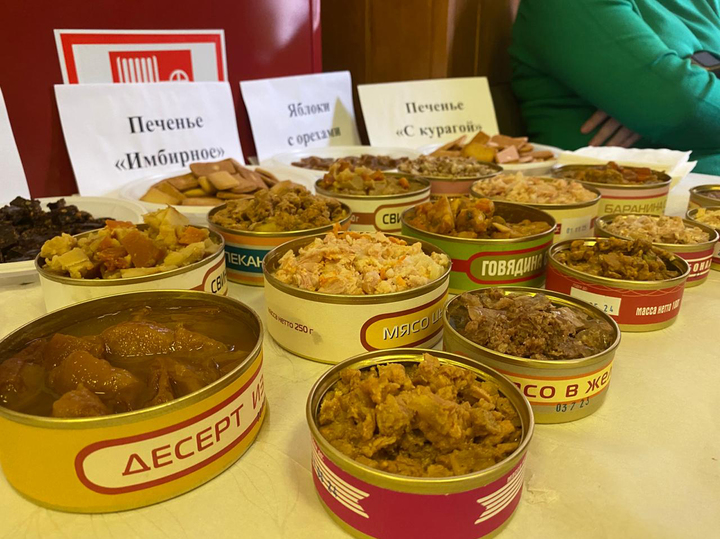
Science offers a lot of innovations to solve space problems, says Professor, Academician of the Russian Academy of Sciences, scientific director of the Federal State Budgetary Institution “Federal Research Center for Nutrition and Biotechnology” Viktor Tutelyan: “Nutrition occupies an important place, because the requirements for nutrition in space conditions are very strict — in terms of consistency, packaging, ease of use , combating pollution of the station’s internal environment, ensuring all physiological needs, taking into account individual characteristics and food preferences, which guarantees maximum human performance in extreme conditions.”
Director of NIIPP and SPT (a branch of the Federal State Budgetary Educational Institution “Federal Research Center for Nutrition and Biotechnology”) Alexey Kambarov says that today scientists are faced with the task of creating new varieties of plants for growing in space greenhouse conditions: “In the Soviet Union, developments in the field of space nutrition were called “special food technologies” . Today we have made great progress in this direction: 30 types of products, 16 diets have been created for astronauts, technologies for heating and distributing water in space have been invented.
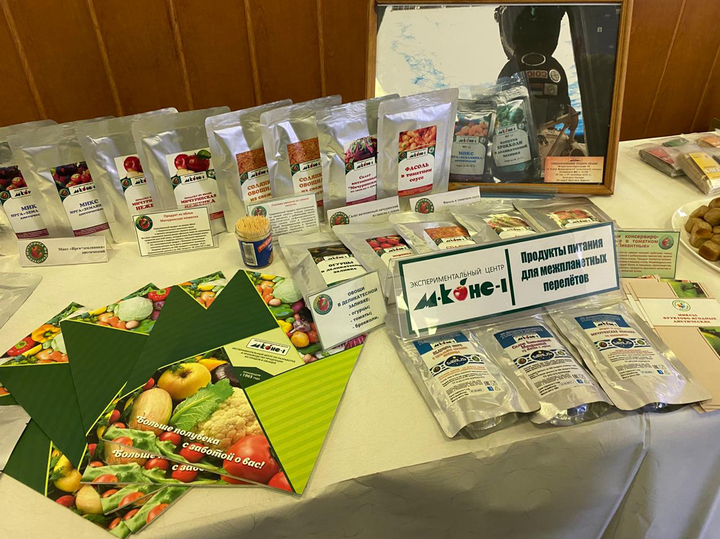
At first, confectionery and bakery products were limited, now even chocolate for astronauts appeared. One of the new directions is radioprotective nutrition, it is provided by foods high in pectin, flavonoids, vitamins A and E, such as citrus fruits, onions, fruits, vegetables, and chocolate. For astronauts, our agronomists develop special varieties of fruits and vegetables with a high content of biologically active substances. Freeze-dried products do the job best. There are requirements for the shelf life of the diet — at least 8 months, but we have already reached two years, and the goal is to bring it to three, which is necessary to ensure long-term flights to Mars and the Moon. In addition, there is the task of growing fruits and vegetables in a space greenhouse.”
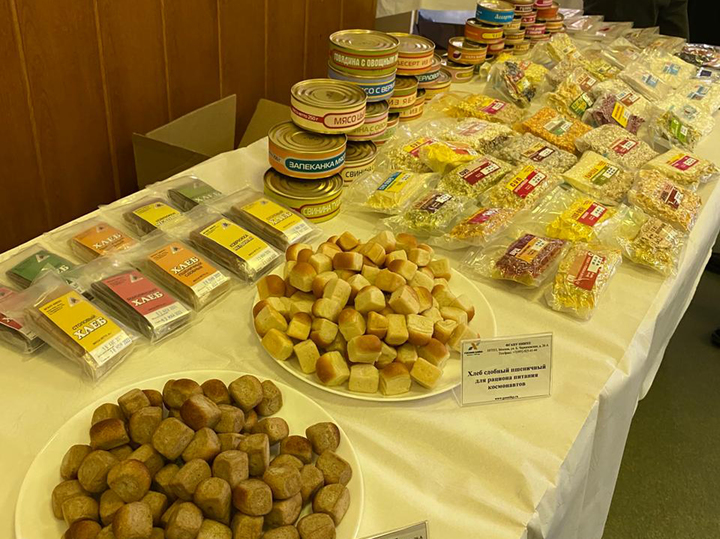
Growing apple trees on Mars has been talked about for a long time. Academician of the Russian Academy of Sciences, director of the Institute of Horticulture Ivan Kulikov believes that today scientists should think closely about what not only astronauts, but also settlers on other planets will eat. “Procuring soil for growing plants on board spaceships and on the surfaces of other planets is a new direction of science,” says Academician Kulikov. In addition, our scientists are studying the effect of microgravity on seeds. Russian agronomists have developed a unique variety of radish with edible leaves for food on long-term space expeditions. And the Chinese cabbage variety “Vesnyanka” underwent a successful experiment of growing in a space greenhouse.
Some countries of the world are conducting experiments in this direction: China, the United Arab Emirates have already built models of space stations, where they are trying to master growing plants in the absence of oxygen. We once carried out such an experiment in Krasnoyarsk, but something went wrong: the closed cycle did not work out. “Yes, we want to, but so far the plants do not want to live without oxygen. Technologies are being developed, and plants are being searched for that are resistant to low levels of oxygen and its absence in conditions similar to space flight. But for now these are prospects, and not even the near future,” Academician Tutelyan told MK. Cosmonaut Oleg Atkov added that so far all space nutrition is designed for low-orbit flights.
And yet, the chief designer for providing food for the crews of space objects of NIIPP and SPT, Viktor Dobrovolsky, has no doubt that the prospect of being on Earth is such that someday the population will move to Mars — therefore, whatever one may say, In any case, you need to think about food on another planet.

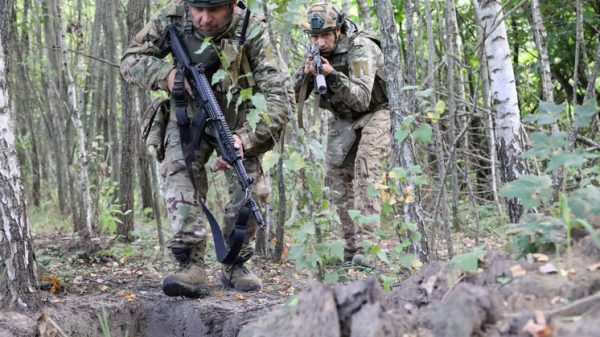






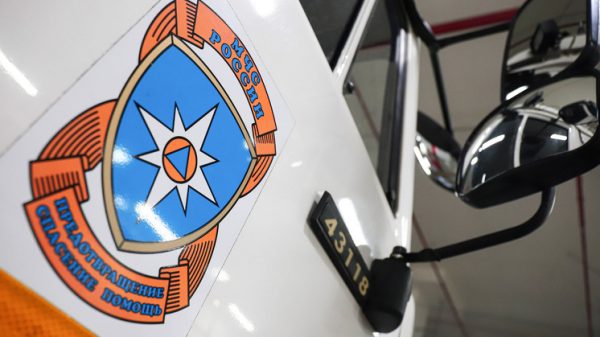
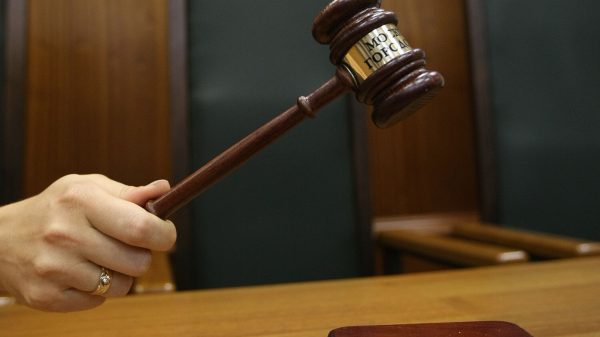

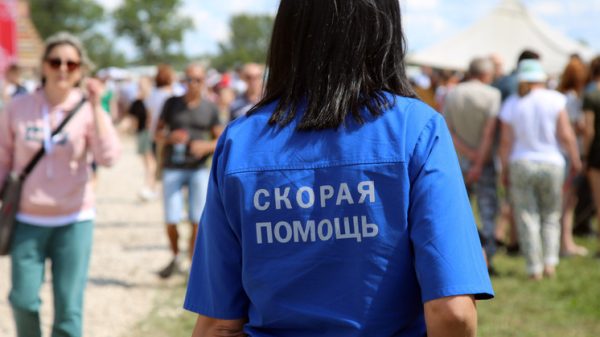
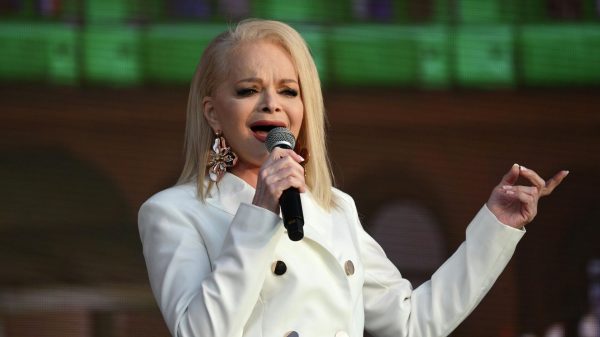






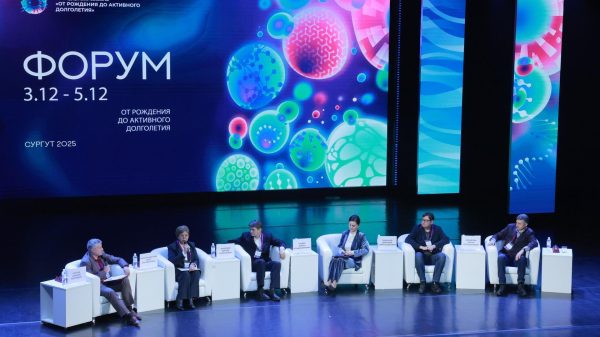

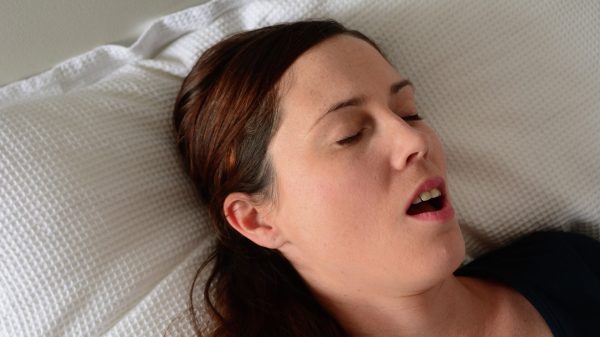











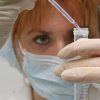

















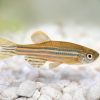




Свежие комментарии